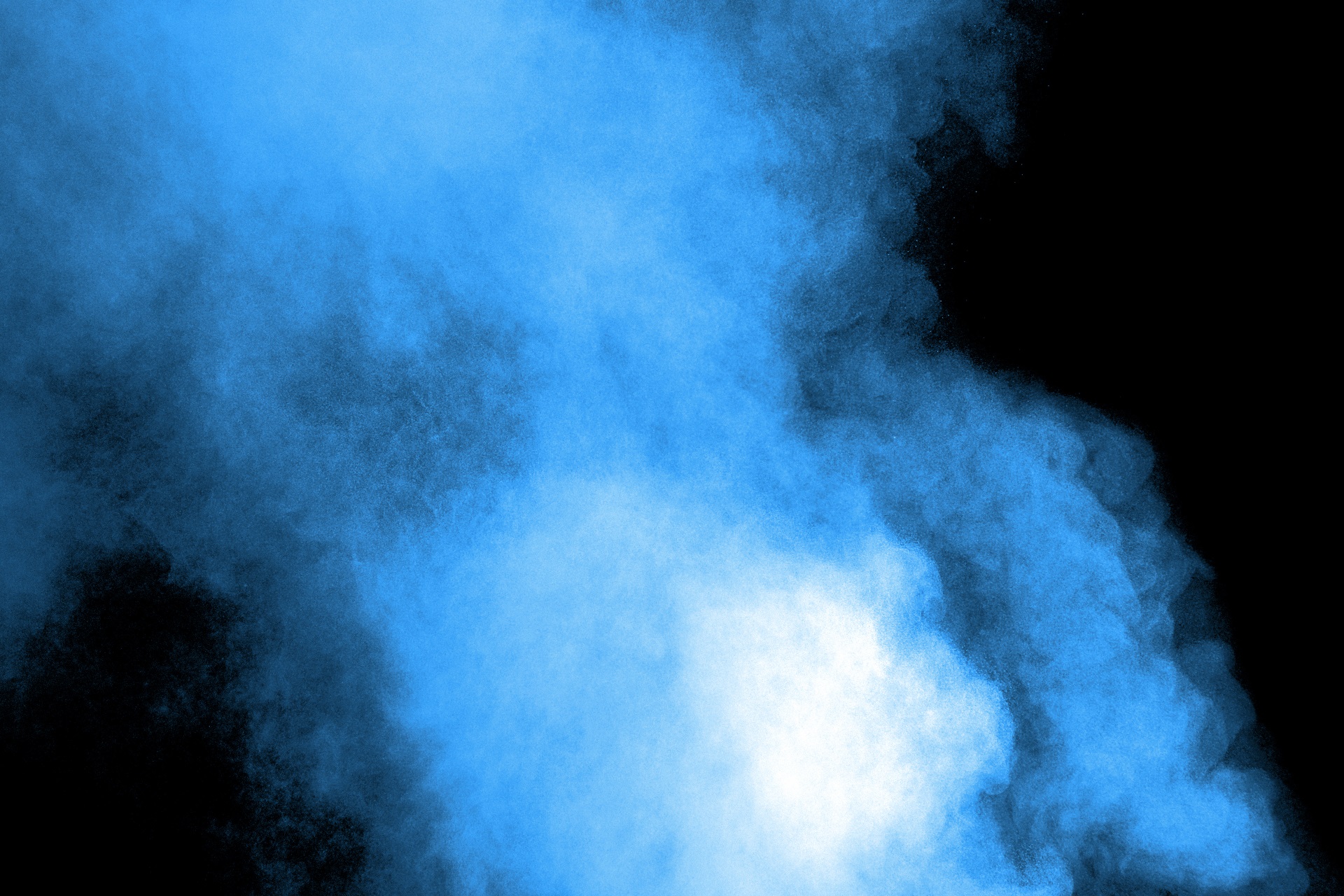Monty Python writer and performer, John Cleese, said that the solution to the problem of getting stuck in the closed mode is to intentionally build what he calls a “creative oasis.”
The idea is to create a hard separation from task-based distractions, calm the mind, and allow the Default-Mode Network (“open mode thinking”) to take control. To do this, Cleese recommends deliberately establishing five specific conditions:
- Space - “You can’t become playful, and therefore creative, if you’re under your usual pressures.”
- Time - “It’s not enough to create space; you have to create your space for a specific period of time.”
- Time - “[Give] your mind as long as possible to come up with something original.”
- Confidence - “Nothing will stop you being creative so effectively as the fear of making a mistake.”
- Humor - “The main evolutionary significance of humor is that it gets us from the closed mode to the open mode quicker than anything else.”
I’ve found the “creative oasis” to be extremely valuable over the years, and many of the most successful artists I know employ some variant of this concept. However, we must also recognize that every person’s ideal “oasis” is going to be a bit different, and may even change over time.
Some people prefer to write, draw, design, or edit in coffee shops and other crowded public spaces. Others prefer total isolation. Some play music in the background while they work, others prefer silence. Some feel most creative in the morning, others late at night. Some people prefer to work from home, others find home to be a distraction and need a separate office.
Personally, I don’t need to be in any particular place to get into a creative mood (though I definitely prefer being at home with a dog at my feet), but I do have to put down my phone and tune out notifications from work for at least a few hours at a time. As you explore this technique, you should experiment with different options and find what works best for you.
You may have also noticed that Cleese’s “Creative Oasis” uses the word “time” twice.
He stresses the importance of this redundancy and I strongly agree. It’s not enough to set aside a few hours in a given day for the sole purpose of pondering a creative problem without interruption. We also need time to ruminate on these kinds of problems over the course of days or weeks, because a lot of the best solutions are not going to come to us right away.
It is almost never the case that my first idea is my best idea, and yet the discomfort of unsolved problems and external pressure to create on command makes it very easy for me to accept the easiest, most obvious solution and move on too quickly.
No matter what your personal creative oasis looks like or what conditions are possible for you in the moment, the goal is simply to find a way to relax, loosen up, enter a state of mind that is open and imaginative so that you generate more, and more original, ideas.


